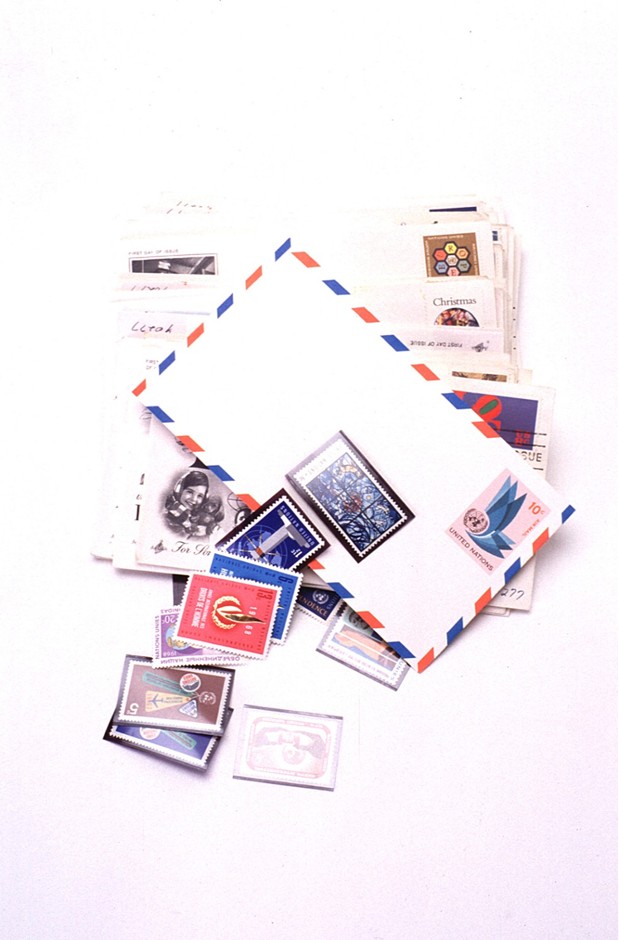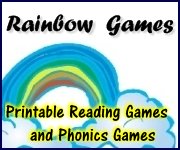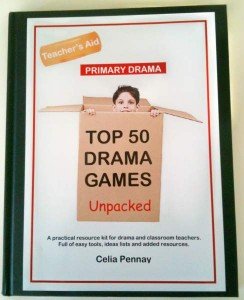Write a Formal Letter in a Persuasive Style: Three Easy Lesson Plans
Write a formal letter with your students in a persuasive style. Teach the fine art of persuasion while practicing how to write a business letter or a friendly one with three simple lesson ideas.Although we've discussed how to learn to write letters elsewhere, these lessons are unique in that we'll use the formats of business and friendly letters to introduce persuasive writing. Writers use arugument, persuasion, advice, or entreaty to influence their readers' actions. As an instructor, you'll enjoy observing the individual persuasive slants of your students, as they learn to write a formal letter.
We'll begin with writing a business letter, then a friendly or personal letter, and end our lessons by comparing the two formats.
Lesson 1: How to Write a Business Letter
- Step 1: Beforehand, gather samples of business letters for distribution among your class. Then, as kids study the business letters, ask them to share their observations regarding these letters. What do they notice about the format? What is distinct about the purpose of each letter?
- Step 2: Pre-select a local business to write a formal letter to as a class. Describe this business to your students, providing background information as much as possible. Have the class brainstorm ideas the business could do. Ask your kids how they think they could best persuade the business to respond to them.
- Step 3: Once the purpose of the letter is determined, discuss the format. Display a model letter on an overhead projector and review the six parts of a business letter. Here's an example:
- Heading:
- Jane Doe
- 123 Oak Avenue
- Albany, NY 99099
- June 21, 2011
- Inside Address:
- Jack Smith
- Clean Planet
- 1456 Sunset Drive
- Washington, DC 55555
- Salutation:
- Dear Mr. Smith:
- Body:
- I am in the fourth grade at Cedar Academy. Our class is studying environmental issues. I am wondering if you could send information to me regarding ideas that local communities can implement to help our environment. There are three reasons that I feel it is important for me to get more involved in this area. First, I am worried about the possible pollution levels when I reach adulthood. Second, I feel too many animal species are impacted negatively from pollution. And finally, I want to teach others the importance of keeping our earth healthy. Any help you can give me in my goals would be greatly appreciated. I look forward to hearing from you soon.
- Closing:
- Sincerely,
- Signature:
- Jane Doe
- Step 4: Begin to write a formal letter to the pre-selected business, asking for student input. When you finish, read the letter aloud, editing for punctuation, capitalization, and spelling. Select a student to type the letter.
- Step 5: Address the envelope, include postage, and mail it! Ask the class to predict what the response will be! Review the parts of a business letter and discuss the persuasive language the class used in their letter.

Lesson 2: How to Write a Friendly Letter
- Step 1: Place a copy of a personal letter, also known as a friendly letter, on an overhead projector. Discuss with your students the differences between personal letters and business letters. Use the following letter as a model for a persuasive friendly letter, or write one of your own for your students to study:
- Heading:
- 123 Emerald Way
- San Jose, CA 17101
- September 20, 2011
- Salutation:
- Dear Grandma,
- Body:
- I am writing to ask if you would like to attend Grandparents' Day at my school on Friday, September 30, at 10:00 AM. I would really love for you to come as my guest! You have a great sense of humor, you are my friend, and I enjoy your company. I know my friends will like you, too! Let me know if you can attend. I am home most evenings after band practice, so you can call me if you like.
- Closing:
- Love,
- Signature:
- Susan
- Picture your grandparent. What is he or she like? What is your relationship like?
- Determine a topic for your personal letter. What will you be trying to persuade your grandparent to do?
- Brainstorm persuasive language and reasons to use in your letter. What would be most effective?
- Is there any background information you need to share?
- Step 3: Allow time for each student to write a formal letter. When they finish, have kids exchange letters with partners for evaluation, feedback, and suggestions. If any students wish to, they can mail their letters.

Step 2: Discuss the purpose and persuasive language used in the above letter. Now, instruct your students that they will write a formal letter to a grandparent. Have them consider these points as they plan their letters:
Lesson 3: Persuasive Letters: What's the Difference?
- Step 1: Pre-make transparencies of actual business and personal letters. As you rotate each transparency on an overhead projector, quiz your students aloud with the following questions:
- What is the purpose of this letter?
- What examples did the writer use in an attempt to persuade the reader?
- What type of letter is this? Personal or business? How can you tell?
- What are the characteristics of a business and personal letter?
- Step 2: Brainstorm lists of when to write a persuasive personal letter and when to write a persuasive business letter. Examples might include:
- Business:
- to convince a school board to change a policy
- to convince a company to give a refund
- to complain about a product change
- to make a request of a state senator
- to request a summer job interview
- Personal:
- to convince a friend to share the cost of something
- to persuade a relative to visit you
- to make a request of an aunt or uncle
- Step 3: Instruct your students to select an individual or a business to whom they would like to write a formal letter. Have each student plan his or her letter, plan the persuasive language and reasons for contacting the recepient, and write a formal letter. Review all letters to ensure a proper format. Address envelopes and mail the letters.
Now that your students have learned how to write a formal letter, don't be surprised if polite, gracious requests appear on your desk! A child may write a formal letter persuading you for extra Friday afternoon recess!
Return from Write a Formal Letter to Creative Writing Lesson Plans
Return from Write a Formal Letter to Creative Writing Ideas and Activities
Helping You Write Across the Curriculum!
copyright 2009-2013 www.creative-writing-ideas-and-activities.com
Our Most Popular Pages
5. Writing a Personal Narritive
10. Elements of Persuasive Writing
Recommeded Resources:
AnyWord(TM) Spelling Practice Series!
Worksheets, games and activities to use with any spelling words. Three volumes in all!
Stop Essay Pain!
LitWorks.com
Resources to help students prepare for literature examinations.
Teach Kids Drama!








